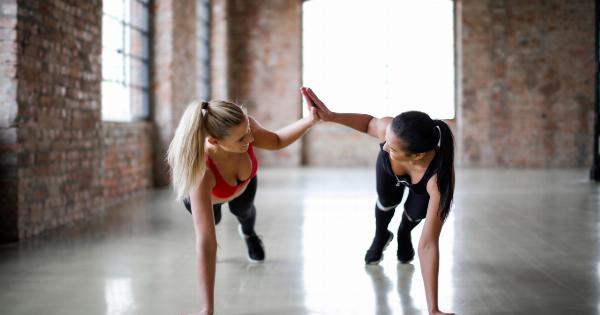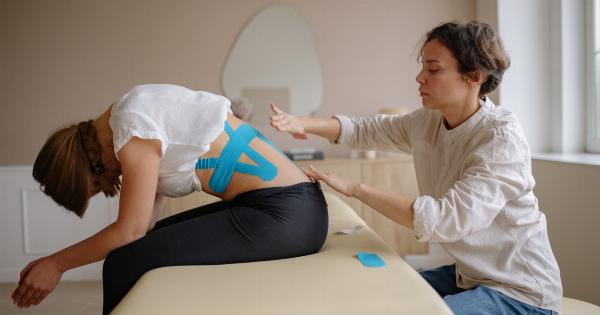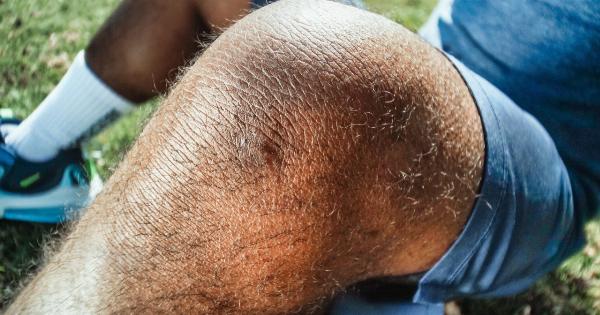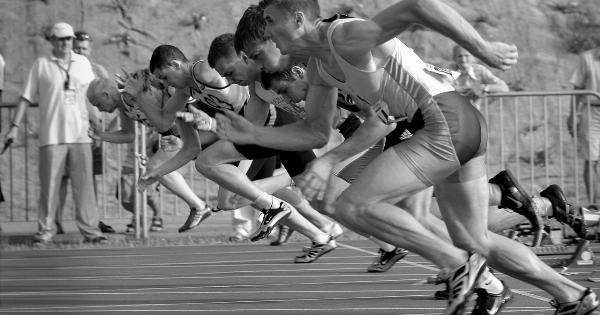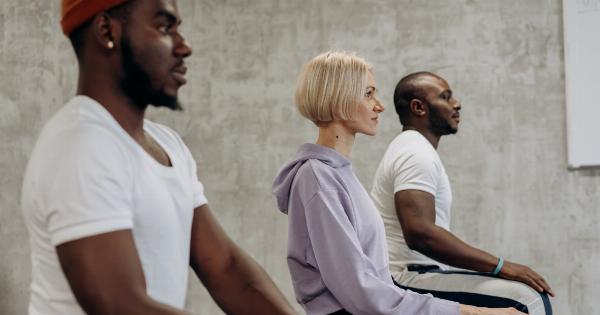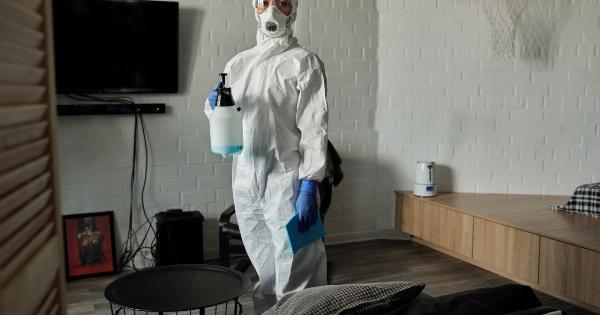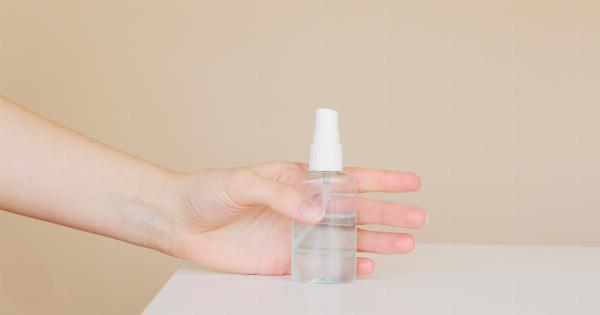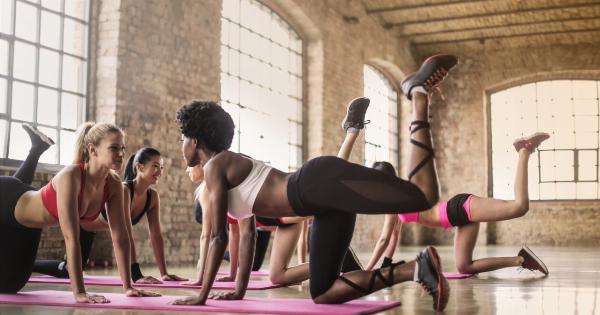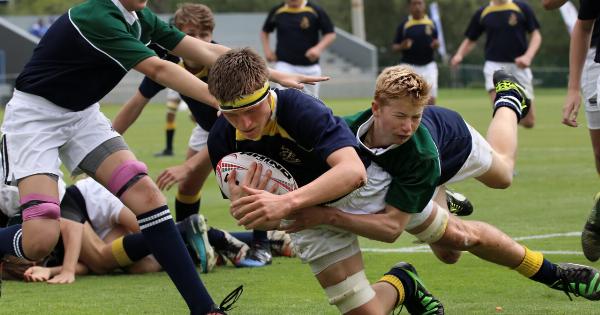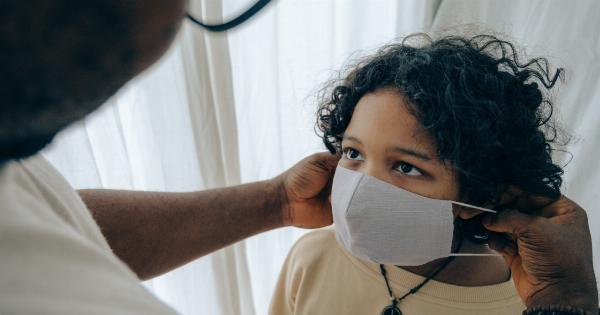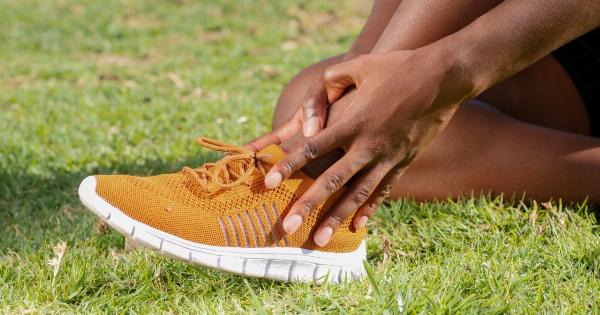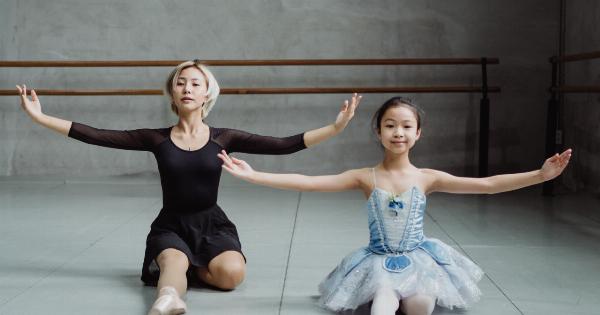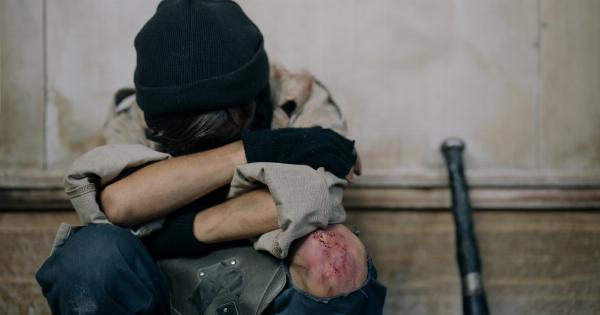Participating in sports and physical activity has numerous benefits for children, including improved health, social skills, and self-esteem.
However, sports injuries remain a significant concern for children, and certain groups are more vulnerable than others. In this article, we will discuss the most vulnerable children to sports injuries and ways to prevent them.
Children Just Starting Out in Sports
Children who are just starting out in sports are more vulnerable to injuries because they lack the experience and training to perform the necessary movements correctly. They also tend to push themselves too hard, which can lead to injury.
Parents and coaches must monitor these children and ensure they receive the necessary training and practice to improve their skills and prevent injuries.
Children with Weak Muscles and Bones
Children with weak muscles and bones are more vulnerable to sports injuries, especially those that involve running, jumping, or other high-impact activities.
This group includes children with conditions such as osteogenesis imperfecta, cerebral palsy, and muscular dystrophy. These children may require modifications to their training or specialized equipment to prevent injuries.
Children with Poor Coordination and Balance
Children with poor coordination and balance are more vulnerable to sports injuries because they are less able to control their movements. This group includes children with conditions such as dyspraxia and developmental coordination disorder.
These children may benefit from specialized training and exercises aimed at improving their coordination and balance.
Children with Overuse Injuries
Children who participate in sports that involve repetitive motions, such as throwing or hitting, are more vulnerable to overuse injuries.
These injuries occur when the same movements are repeated over and over again, leading to damage and inflammation of the affected area. Parents and coaches must monitor children’s training and ensure they receive enough rest periods to prevent overuse injuries.
Children Playing Contact Sports
Children who participate in contact sports such as football, ice hockey, and wrestling are more vulnerable to injuries because of the physical nature of these activities.
In addition to the risk of collisions, these sports also involve the risk of concussions and other head injuries. Parents and coaches must ensure that children wear appropriate protective equipment and teach them proper techniques to prevent injuries.
Children with Growth Spurts
Children who experience growth spurts are more vulnerable to sports injuries because their bones and muscles are growing at different rates. This can lead to muscle imbalances and other problems that can cause injuries.
Parents and coaches must monitor these children and adjust their training and equipment as necessary to prevent injuries.
Children with Chronic Health Conditions
Children with chronic health conditions such as asthma, diabetes, and epilepsy are more vulnerable to sports injuries because of their underlying health problems.
These children may require modifications to their training or specialized equipment to prevent injuries. Parents and coaches must work closely with their doctors to ensure that they receive the necessary treatment and precautions.
Children in High-Pressure Sports Environments
Children who participate in high-pressure sports environments, such as elite level competitions or highly competitive teams, are more vulnerable to injuries because of the emphasis on performance over safety.
Parents and coaches must prioritize children’s safety over winning and ensure that they receive appropriate rest and recovery periods.
Children Who Don’t Take Precautions
Children who don’t take precautions before and after sports activities are more vulnerable to injuries. This includes failing to warm up properly, not wearing appropriate protective equipment, and not cooling down and stretching after exercise.
Parents and coaches must teach children about the importance of proper preparation and precautions to prevent injuries.
Conclusion
While sports injuries are common, certain groups of children are more vulnerable than others. Parents and coaches must take precautions to prevent injuries and ensure children receive appropriate training, equipment, and recovery periods.
By prioritizing safety, we can help children enjoy the many benefits of sports while minimizing the risk of injury.







